I'm trying to perform a non linear fit to some simple data (corn yield by year). It's straight forward enough to do it with lm in R, but some of the data would fit better if there was a curve allowed, something on the order of year^1.5 or so.
x <- c(1979L, 1980L, 1981L, 1982L, 1983L, 1984L, 1985L, 1986L, 1987L,
1988L, 1989L, 1990L, 1991L, 1992L, 1993L, 1994L, 1995L, 1996L,
1997L, 1998L, 1999L, 2000L, 2001L, 2002L, 2003L, 2004L, 2005L,
2006L, 2007L, 2008L, 2009L, 2010L, 2011L, 2012L, 2013L, 2015L,
2016L, 2017L, 2018L, 2019L)
y <- c(47.3, 25.4, 39, 56.4, 41.4, 56.1, 60.3, 58, 64, 35, 56, 54,
37, 80, 59, 88, 55, 87, 90, 99, 93, 90.4, 80.7, 35, 80.2, 104.9,
59.9, 43.5, 97.9, 106, 132, 121.7, 120.1, 63.9, 142.5, 129.9,
114.8, 122.1, 164.3, 133.9)
yield_model <- nls(y ~ x^a,start=list(a = 1))
plot(x,y)
lines(x,predict(yield_model),lty=2,col="red",lwd=3)
> yield_model2
Nonlinear regression model
model: y ~ x^a
data: parent.frame()
a
0.5778
residual sum-of-squares: 46984
Number of iterations to convergence: 8
Achieved convergence tolerance: 7.566e-09
Why does the nls fit so poorly (visible if you plot it)? Did I do something wrong? You can imagine that a slight curve in a fit to the data would be better, along with a trend. It's like nls removed the trend or something. Any help would be great.


